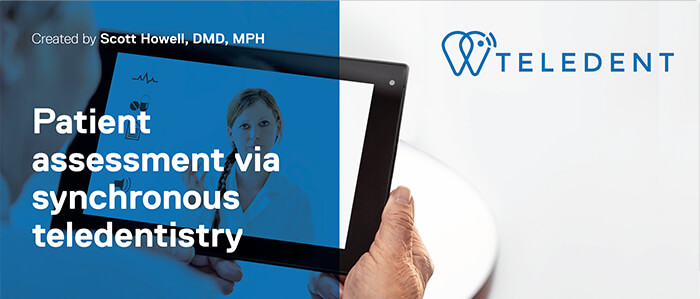Starting points for your exploration of teledentistry laws and how to use teledentistry in your state
“What states allow teledentistry?” is for the most part the wrong question to ask since teledentistry is not an on or off switch. If you are a dentist or other dental professional, a better question to ask is, “How can I work within my state parameters to use telehealth technology effectively?” Some states incorporate dental telehealth under wider telehealth legislation. State Dental Boards have widely varying policies on scope of practice and expanded functions. This is a quick reference guide to the status of teledentistry regulation in each U.S. state as part of asking those beginning questions. Click on your state in the interactive map below to find out what level of teledentistry regulations exist in your state, how dental hygienists, dental assistants and expanded function dental professionals (ex. dental therapists) can use teledentistry in your state, if there is public coverage available for telehealth and if payment parity laws are in place.
Please note: This document does not reflect the temporary Covid-realted federal or state-specific policy changes around teledentistry guidance including allowed functions of dental personnel and their practice acts or payment parity for teledentistry services by state Medicaid or private insurers.

